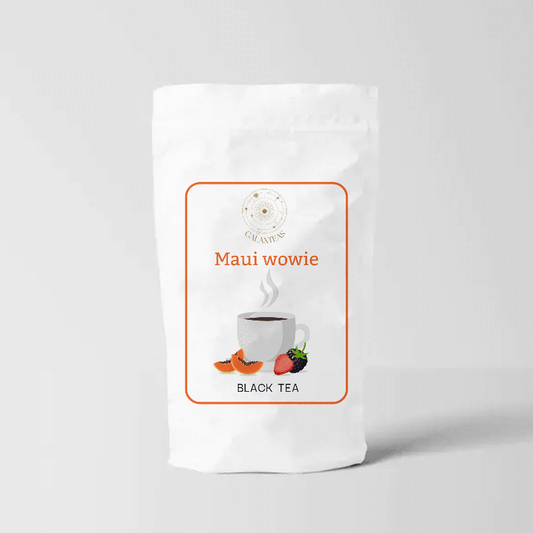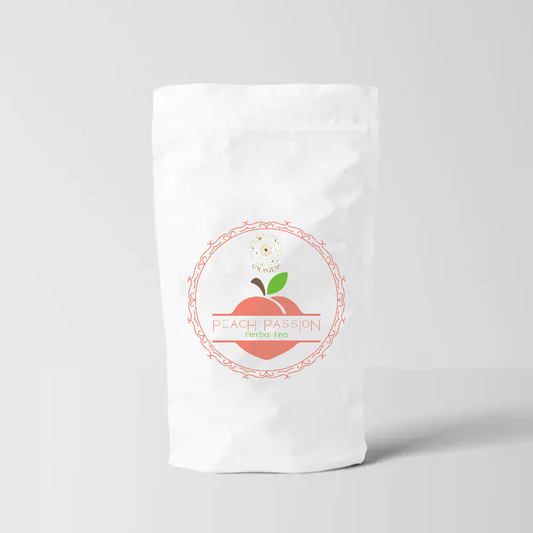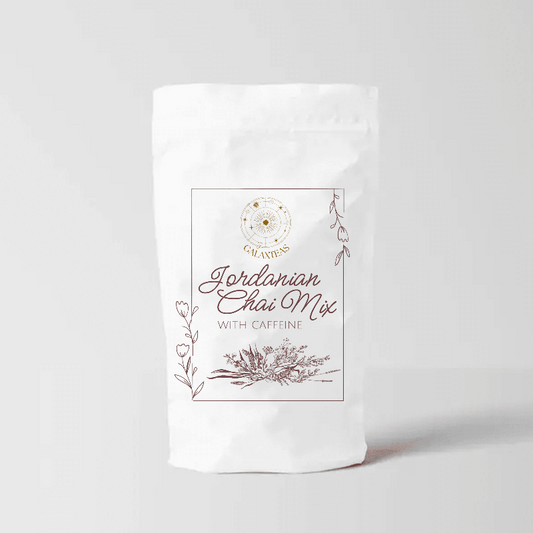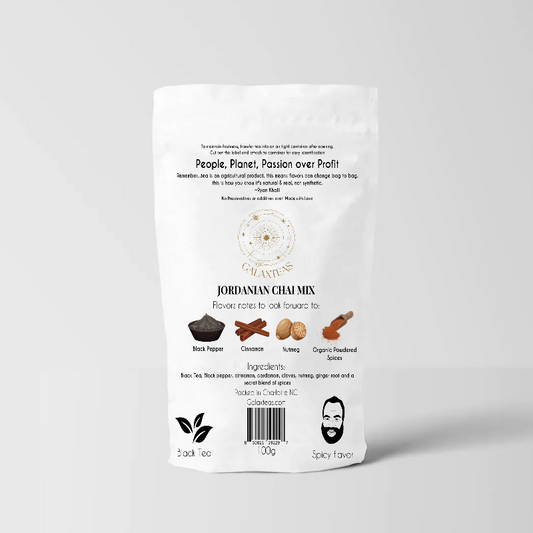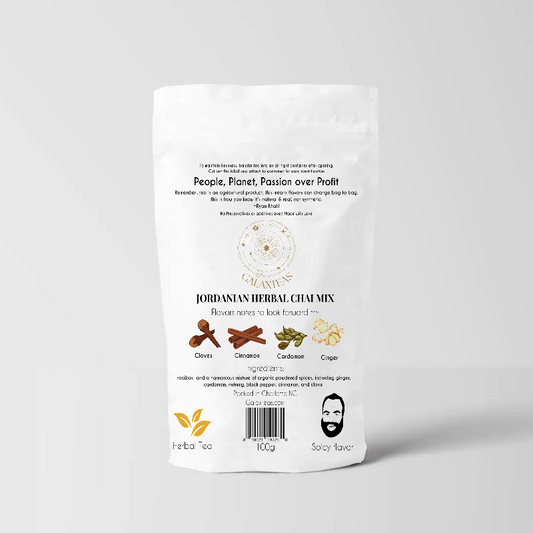White Tea - a Brief Guide on Its Flavor Profile, Origin, & Types
Related Product
Subscribe
Table of Contents
If you’ve been shopping lately, you must have come across white tea in the tea section. After all, it is one of the most popular tea flavors in the market today. In fact, every tea enthusiast has a liking for this flavor. But how does it taste like? Moreover, where does it come from? Is the flavored profile intense or light? Too many questions and not enough answers, right? Well, we’re going to give you a brief on white tea in this blog. We will talk about its flavor profile, origin, and types. Therefore, you should read this blog to the very end. Here we go!
What is white tea?
Before we talk about its flavor, our origin, we need to know what white tea actually is. So, let us answer this question first. You should know that there are some varieties of tea that are not processed as much. These varieties are minimally processed to refine their taste. Clearly, one of these varieties is this – white tea!
"In a world of hustle and bustle, white tea invites us to slow down, savor the moment, and appreciate the simple pleasures of life." - James Liu, Tea Educator
Moreover, you should know it is one of the most delicate tea varieties. Additionally, White flavor tea is harvested before the tea plant’s leaves open fully.
Did you know? |
Farmers harvest white flavor tea when the young buds are still covered by fine white hairs, hence the name “white” tea. |
What’s more, farmers handpick the buds for making this tea. After handpicking, they dry these buds to prevent the leaves from oxidizing as long as leaves plucked for green or black tea production. Because of this minimal processing, the taste becomes more refined and outstanding. If you happen to go to another grocery store, you should buy white tea because it is heart healthy and tastes so unique. And this leads us to the next part…
What does white tea taste like?
It is delicate in flavor and has subtle nuances. Thus, it offers a sensory experience that is nuanced and refreshing. As aforementioned, it stands out from other tea varieties because it is minimally processed. In fact, even the leaves are gently handled. Clearly, this is what allows the natural flavors of the tea to shine through. You can say that it has a light, crisp, and floral taste profile. Unlike black or green tea, it keeps its fruity flavor. Moreover, there is a subtle sweetness in its flavor. This sweetness comes from the natural sugars present in the tea leaves.
Fun Fact! |
|
The aroma of white flavored tea is like that of freshly cut hay. Most people say that it smells like a gentle breeze that carries the scent of wildflowers. Undoubtedly, it is very soothing. |
Furthermore, you should know that most people have reported that it tastes like melons, peaches, and honeydew – delightedly. So, it is safe to say that the flavor profile of this tea variety is very complex. But the taste is refreshing all the same. In fact, this complex flavor profile is half the reason it is such a popular choice for hot summer days. What’s more, a cup of this tea after every meal helps you relax and feel serenity. Anyway, now that white tea taste is clear, let’s discuss the texture and benefits.
Texture and some benefits
The texture profile of this tea is just as complex and refreshing as its taste. Most people say that it is silky and velvety on their palate. After all, it gives everyone a smooth mouthfeel. According to farmers, the delicate texture of this tea comes from their delicate harvesting of the white tea plant. Clearly, thanks to its taste and texture, this tea offers you a luxurious drinking experience that is both comforting and indulgent. As for the benefits, there is so much that this tea brings to the table. After all, it has a high concentration of antioxidants and polyphenols. There are compounds that are linked to high health benefits. For example:
- Improved heart health
- Enhanced immunity
- Anti-aging properties
So, if you want to boost your overall health and well-being, you must drink it daily. Besides, there are no side effects of drinking white tea. So, it is a safe option for you to indulge in. You can take a cup with your snacks or after meals.
Benefits of drinking White tea daily! |
| Antioxidant richness |
| Supports heart health |
| Keeps skin healthy |
| Helps manage weight |
| Supports oral health |
| Improves cognition |
| Regulates blood sugar |
| Helps with hydration |
| Low in caffeine |
All 4 Types of White Tea!
Aside from white tea flavor, its types are something you need to know. So, here are the types that delights tea enthusiasts:
-
Silver Needle
This type is widely regarded as the pinnacle of white tea. After all, it is made from only the youngest and tenderest buds for the tea plant. In fact, this is where its name comes from. Because the young and tender tea buds have silvery needles, this type now has “silver needle” name. Moreover, it is delicately sweet in flavor profiles. You can expect floral aroma from it along with a smooth texture that gives you a refreshing mouthfeel. To enjoy this one, you need to brew it at a lower temperature.
-
White Peony
This white tea is made from the young tea buds and the two leaves that are closest to these buds. And unlike silver needles, this type contains some partially opened or larger leaves. Therefore, it has a fuller flavor and body. The taste of this type has undertones of honey, melon, and hay. It is delightfully good and refreshing. If you are a person who loves sweetness with a bit of mineral and earthy taste, then this is the best type for you to try. The texture is the same as silver needle. It is smooth and refreshing in terms of mouthfeel. Moreover, if you want to enjoy it, you need to brew it at a moderately hot temperature.
-
Long Life Eyebrow
It is made from the larger and more mature leaves of the tea plant. Unlike silver needle, this tea type is more intense in terms of processing and taste profile. After all, farmers harvest it later in the season than silver needle and white peony. Ultimately, this late harvesting is why it has a darker color and a stronger flavor. What’s more, the flavor of this white tea is very bold and earthy. It has hints of nuttiness in the flavor and the aroma is woody, like dark wood. However, the texture is the same as the rest of the types. And if you want to enjoy it, then you must brew it at a moderate temperature like white peony.
-
Tribute Eyebrow
This white tea type is actually a variation of the long-life eyebrow. After all, it is made from the same large and more mature leaves. The difference is that it undergoes a longer withering process. As a result, the texture is more refined and smoother than the rest of the tea types. Moreover, it is harvested early in the season. So, the leaves are still tender when farmers harvest this tea. What’s more, it has a milder taste with hints of floral undertones and a lingering sweetness. Furthermore, it is the most premium white tea because of its complex flavor profile. To enjoy it, you need to brew it at a high temperature. Clearly, it helps extract the flavor.
|
Different Types of White tea and their properties
|
||||
Aspects |
Silver Needle |
White Peony |
Long Life Eyebrow |
Tribute Eyebrow |
|
Leaves |
Young Buds |
Buds with two close leaves |
Large and mature |
Large and Mature |
|
Harvest Time |
Early |
Early |
Later |
Early |
|
Flavor |
Sweet and Light |
Like honey, melon, and hay |
Bold and earthly |
Mild and sweet |
|
Aroma |
Floral |
Floral |
Woody |
Woody |
|
Brewing temperature |
Low |
Moderate |
Moderate |
High |
Where does white tea come from?
Before we answer this, you should know what is white tea made from. After all, it is a more important question to consider. So, to answer it, it is made from the Camellia Sinensis plant, just like all other types of tea. However, it is different from the other tea varieties because of its minimal processing and careful handling – as aforementioned in the start.
"White tea's delicate flavor and subtle complexity are a testament to the meticulous craftsmanship of tea farmers and the pristine terroir of its origin." - Dr. Li Ming, Tea Expert and Researcher
Traditionally, it was cultivated in the mountainous regions of China. But today, its production has expanded to other countries. For example, it is nor produced in India, Nepal, and Sri Lanka as well.
-
Origin of White Tea in China
It was first produced in the Fujian province of China. After all, this province is renowned for its lush mountainsides and favorable climate for tea cultivation. Moreover, within this province, the regions of Fuding and Zhenghe are particularly famous for their white tea production. There are centuries old tea gardens in this area that dot the landscape with their lushness. And to harvest the tea, most skilled farmers take the job.
"White tea, originating from the misty mountains of Fujian, China, carries with it centuries of tradition and craftsmanship, making it a true embodiment of Chinese tea culture." - Dr. Mei Ling, Tea Historian and Researcher
-
Origin in addition to China
As aforementioned, this tea is now also produced in other countries where the climates are suitable and growing conditions on par with requirements. One of the countries that now produce this tea includes India. In India, it is produced in the Darjeeling region. Similarly, Nepal is also a prominent producer of white tea now. In Nepal, regions like Ilam and Dhankuta are producing teas that rival those from traditional growing regions. Sri Lanka was previously famous for producing black tea. But it has also started producing white teas. Estates in the central highlands of Sri Lanka, such as Nuwara Eliya and Dimbula, cultivate it.
"As the global demand for white tea continues to rise, tea-producing countries outside China are exploring new techniques and varieties to meet the growing interest in this exquisite beverage, shaping the future of white tea production worldwide." - Dr. Mark Thompson, International Tea Industry Analyst
Production of White Tea! |
|
Country |
Region |
|
China |
Fuding and Zhenghe |
|
India |
Darjeeling Region |
|
Nepal |
Ilam and Dhankuta |
|
Sri Lanka |
Central Highlands |
Ending thoughts
White tea is something that every tea enthusiast needs to try. After all, it has a complex flavor profile that ranges from sweet and floral to earthly and mild. Moreover, the flavor undertones taste like hay, melons, honey, and peaches. It leaves a lingering sweetness in your mouth and the overall mouthfeel is refreshingly smooth. The harvesting of this tea is amazing – like its taste! The farmers are very gentle while they harvest it. What’s more, it is harvested when the buds are young and tender. Furthermore, it has high benefits to offer. For example, it improves your heart health, brain health, oral health, and does so much more.
Furthermore, there are 4 types of this tea. Namely, silver needle, white peony, long life eyebrow, and tribute eyebrow. All these 4 types are unique and are harvested in their own time. However, the texture of all these types is smooth and serene. Traditionally, China was the main origin of this tea. But other countries are also producing it now. Namely, India, Nepa, and Sri Lanka. Clearly, if you need a sweet yet refreshing tea option, then white tea is your go-to. You can drink as much as you like – there are no side effects.

